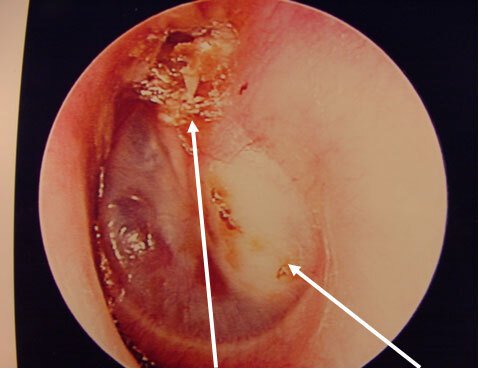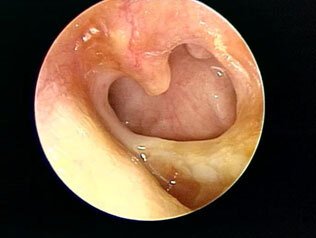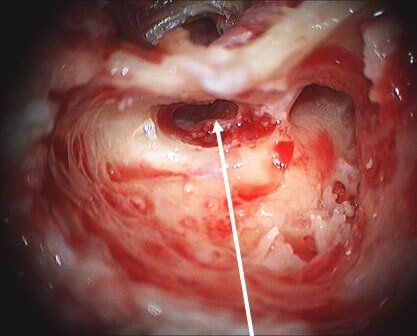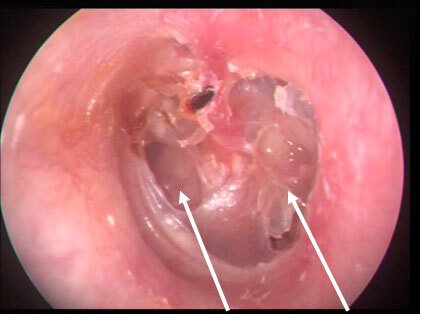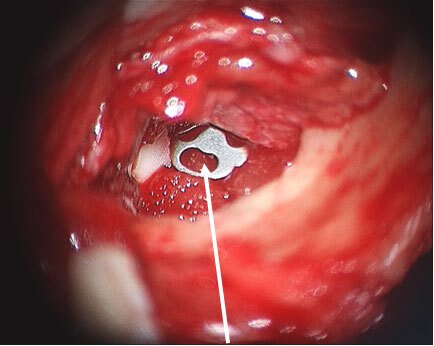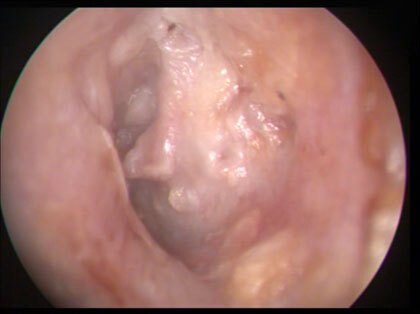How The Surgery Works
Diseased tissue in the ear and mastoid are completely removed. The hole in the eardrum is repaired using the patient’s own tissue, called fascia. If the hearing bones (ossicles) are damaged, they can usually be repaired at the same time. In cases of cholesteatoma, a second surgery may be needed several months later to complete the hearing reconstruction.



